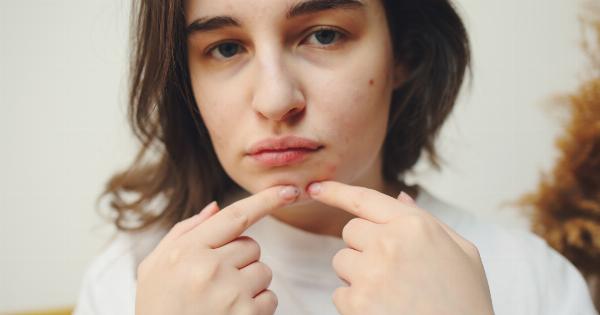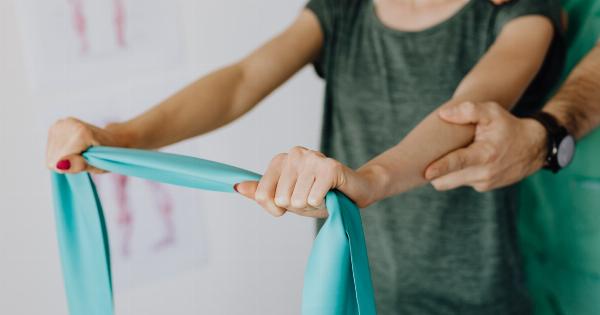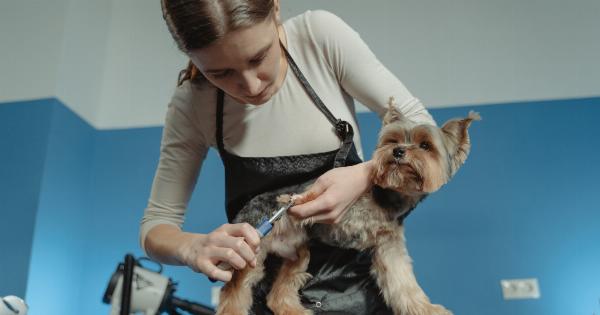Exercising is essential for maintaining a healthy lifestyle, but it can be uncomfortable and painful for those suffering from hemorrhoids. Hemorrhoids are swollen veins in the anus and rectum that can cause itching, pain, and bleeding.
However, exercising can actually help alleviate the symptoms of hemorrhoids. In this article, we will discuss the dos and don’ts of exercising with hemorrhoids.
Do: Consult with your Doctor
Before starting any exercise regimen, it is important to consult with your doctor. Your doctor can help you determine which exercises are safe and effective for you based on your specific condition.
They may also provide tips on how to manage your hemorrhoid symptoms while exercising.
Don’t: Lift Heavy Weights
Lifting heavy weights can put a strain on your lower rectum, which can cause or worsen hemorrhoids. Instead, try exercises that focus on bodyweight or lighter weights.
Lunges, squats, and core exercises are great options that can help build strength and tone your body without putting too much pressure on your rectum.
Do: Practice Good Hygiene
Hemorrhoids can be caused by poor hygiene, so it is important to practice good hygiene while exercising. Showering before and after exercising can help prevent bacterial infections, which can cause hemorrhoids.
Additionally, always wear clean and loose-fitting clothing to prevent friction in the anal area.
Don’t: Sit for Prolonged Periods
Sitting for prolonged periods can put pressure on your rectum, which can worsen hemorrhoids. If your job requires you to sit for extended periods, consider taking regular breaks to stand up and walk around.
Walking is an excellent low-impact exercise that can help improve circulation and reduce pressure on your rectum.
Do: Stay Hydrated
Staying hydrated is essential for maintaining good digestive health and preventing constipation, which can cause or worsen hemorrhoids. Drink plenty of water before, during, and after exercising to ensure that your body is properly hydrated.
Don’t: Overdo It
While exercising can help alleviate the symptoms of hemorrhoids, it is important not to overdo it. Overexerting yourself can put too much pressure on your rectum and cause bleeding or discomfort.
Start with low-impact exercises and gradually increase the intensity and duration of your workouts as your symptoms improve.
Do: Consider Yoga or Pilates
Yoga and Pilates are great low-impact exercises that can help improve flexibility, balance, and posture. Practicing yoga or Pilates can also help reduce stress and tension, which can cause or exacerbate hemorrhoids.
Additionally, these exercises can help improve circulation and reduce pressure on your rectum.
Don’t: Engage in High-Impact Activities
High-impact activities like running, jumping, or intense aerobic exercises can put too much pressure on your rectum and worsen hemorrhoid symptoms.
If you enjoy these types of exercises, consider switching to lower-impact alternatives like cycling, swimming, or using an elliptical machine.
Do: Use a Donut Pillow
If you experience pain or discomfort while sitting due to hemorrhoids, consider using a donut pillow. A donut pillow is specially designed to relieve pressure on your rectum by distributing your weight evenly.
This can help alleviate pain and reduce swelling.
Don’t: Strain During Bowel Movements
Straining during bowel movements can cause or worsen hemorrhoids. To prevent straining, make sure to eat a high-fiber diet, stay hydrated, and take your time while on the toilet.
If necessary, use a stool softener or laxative to help make bowel movements easier.
Conclusion
Exercising with hemorrhoids can be uncomfortable, but it is possible with the right approach. By following these dos and don’ts, you can safely and effectively exercise while managing your hemorrhoid symptoms.































